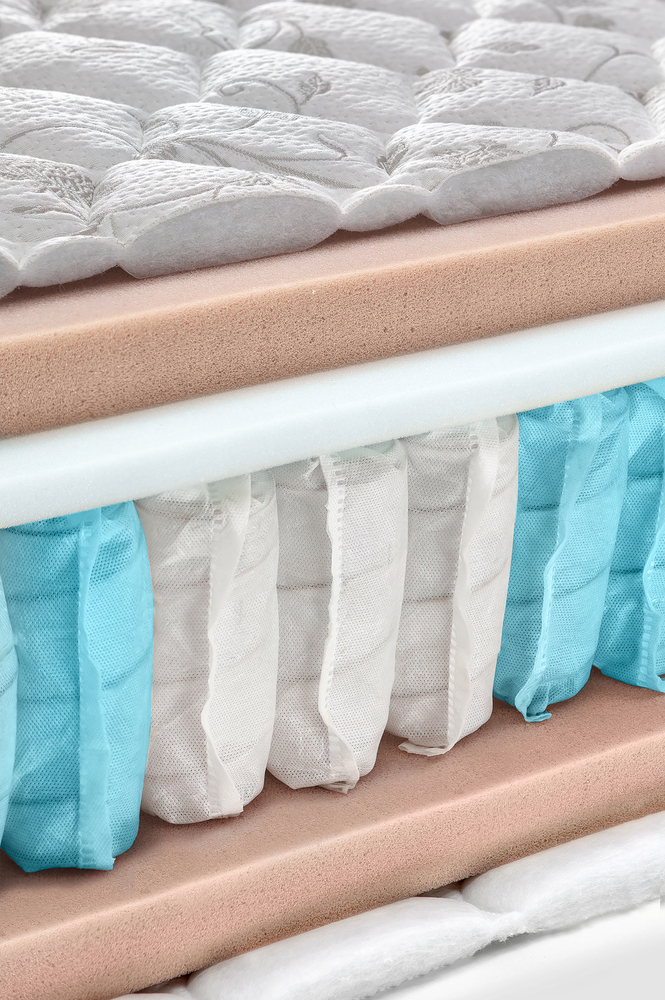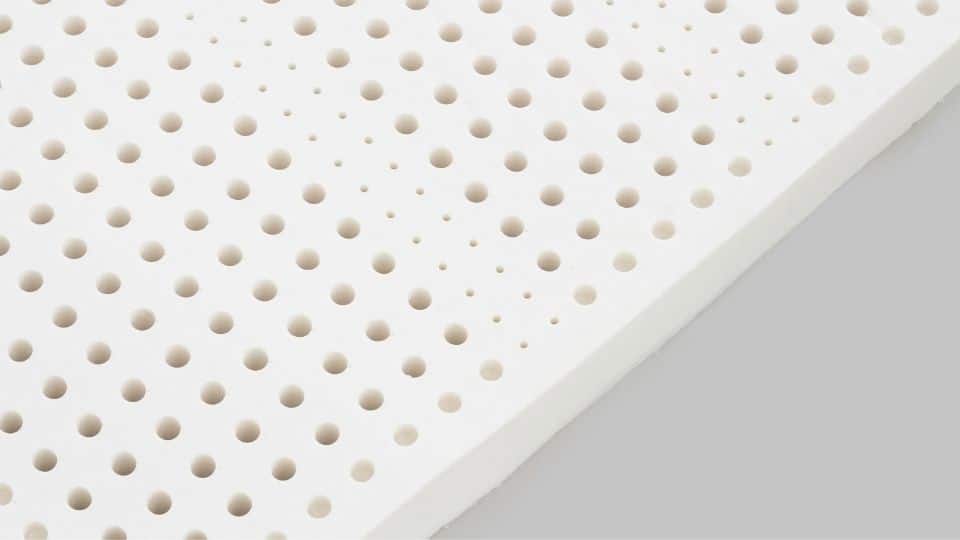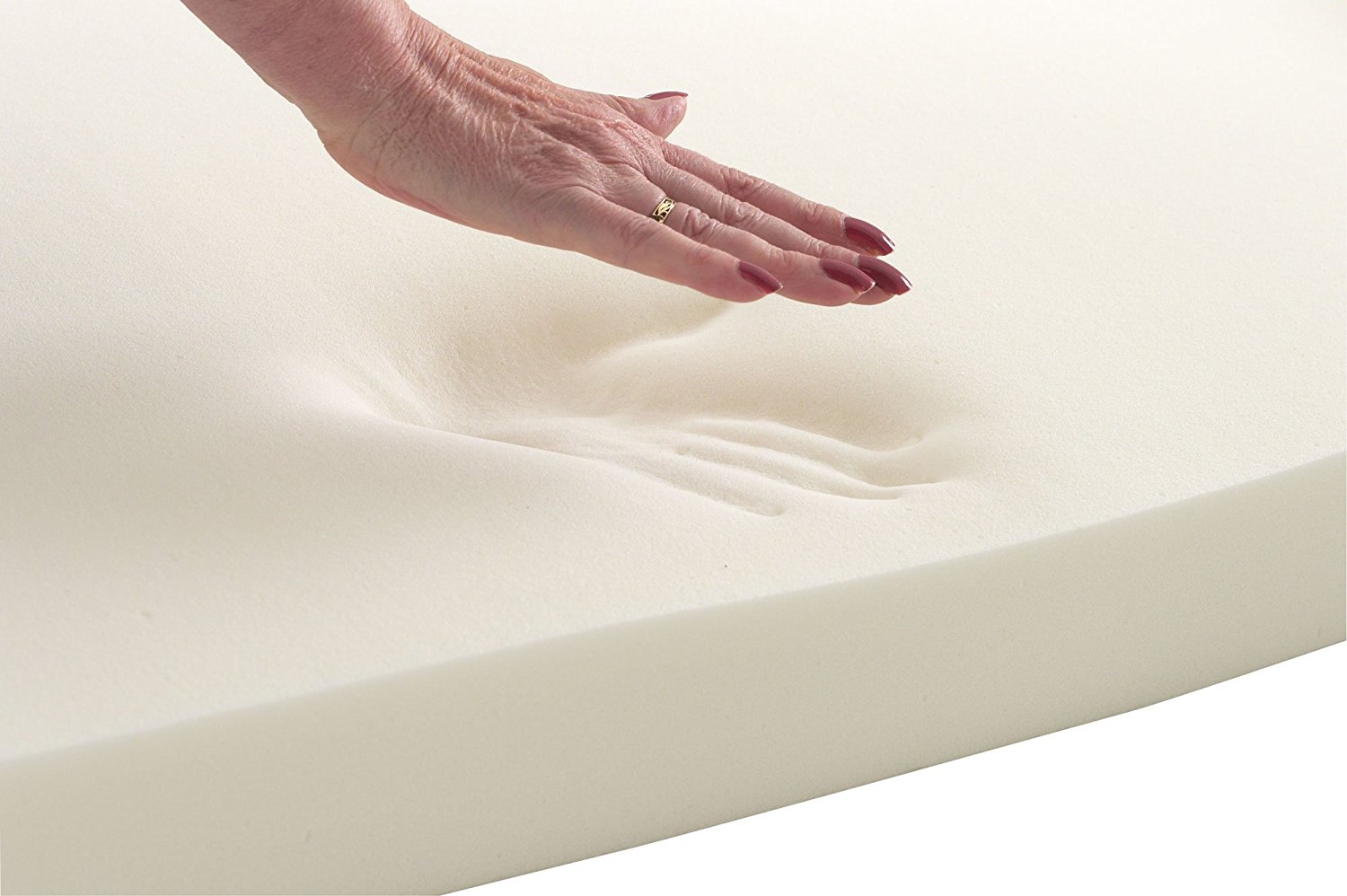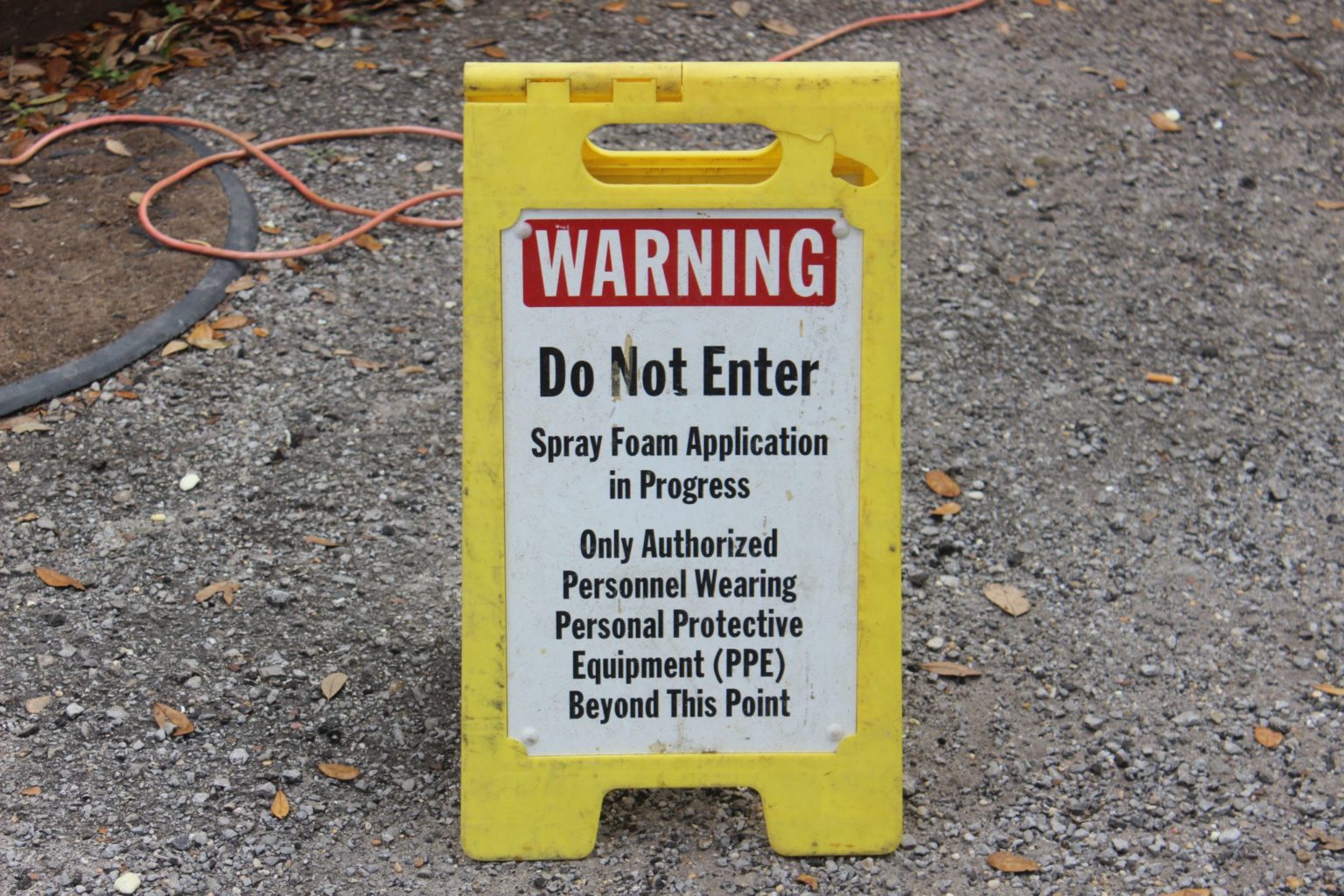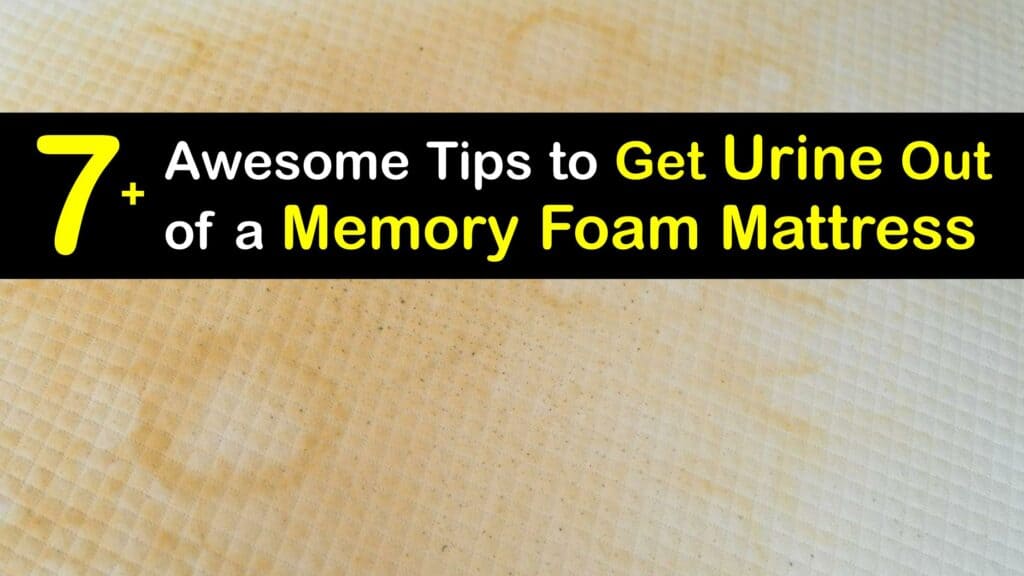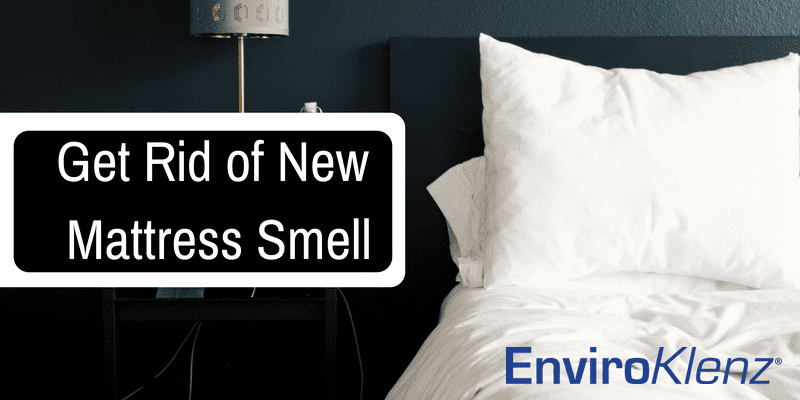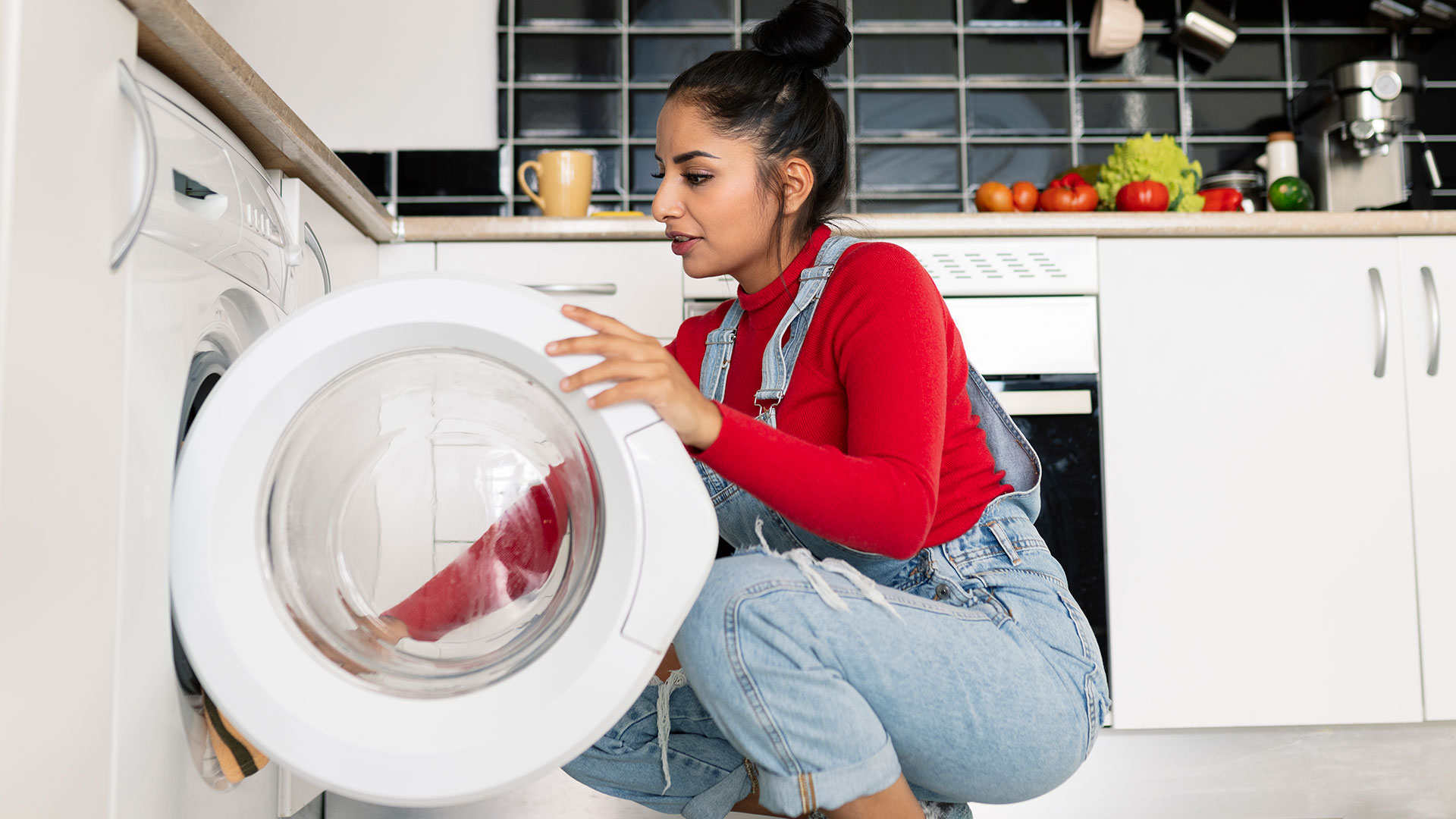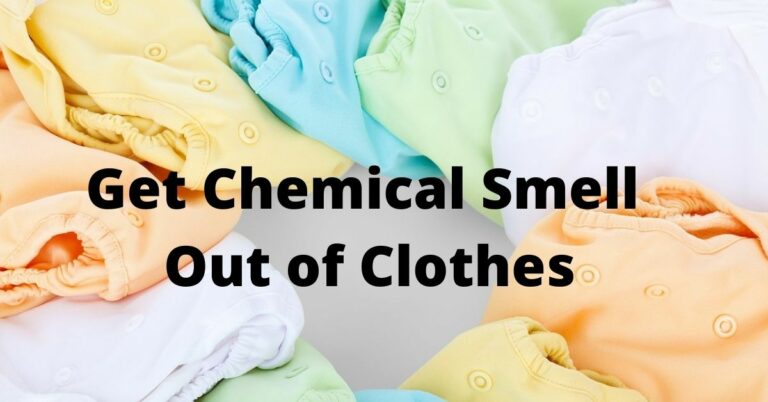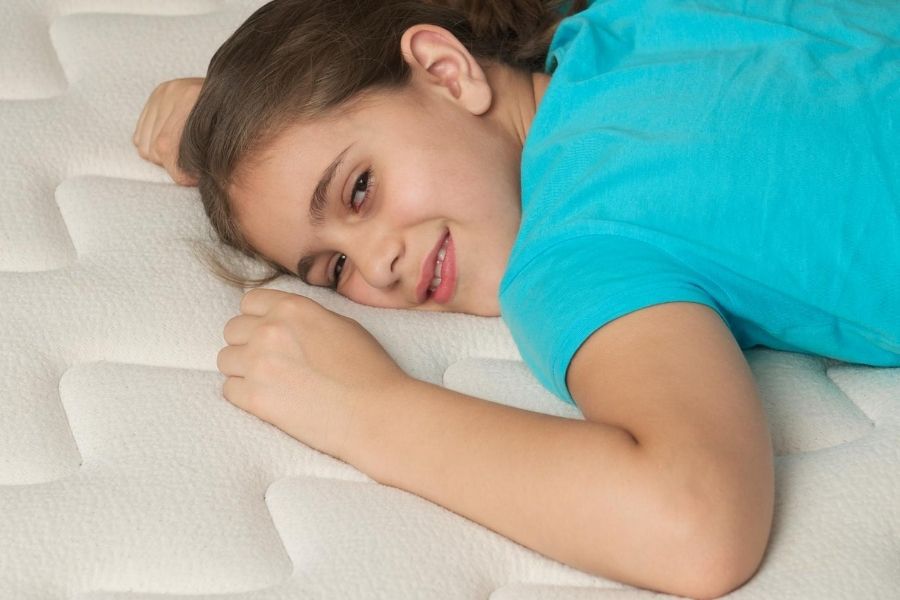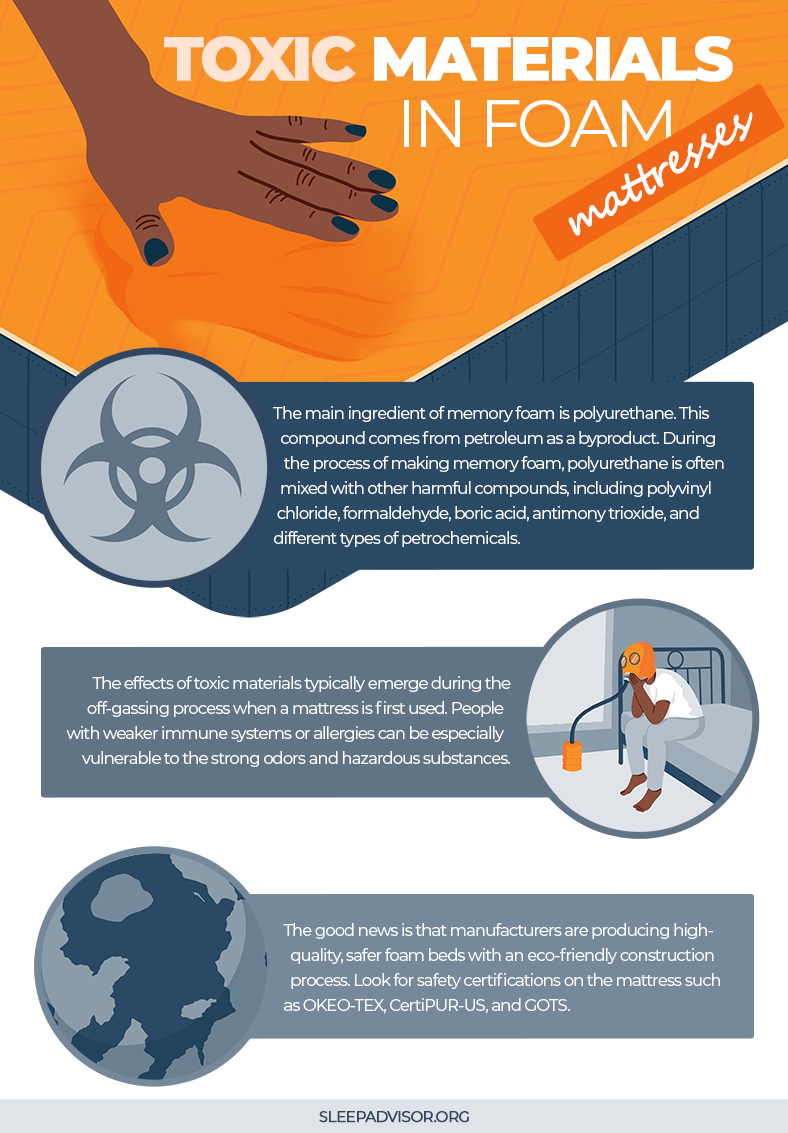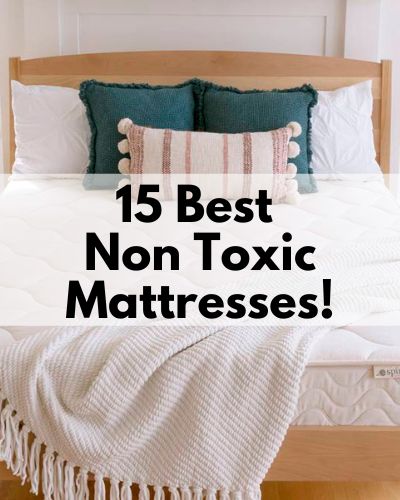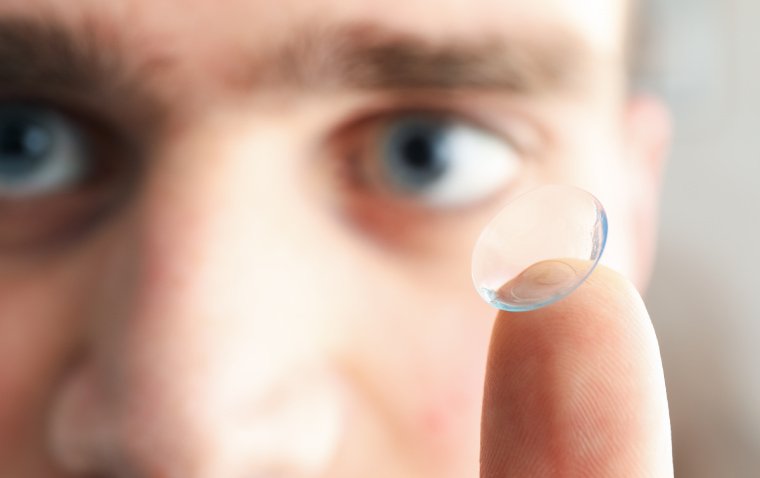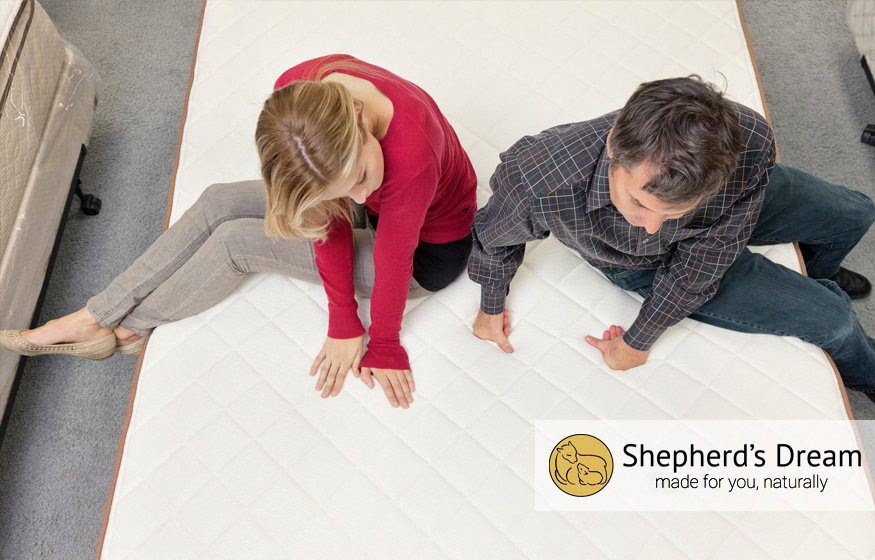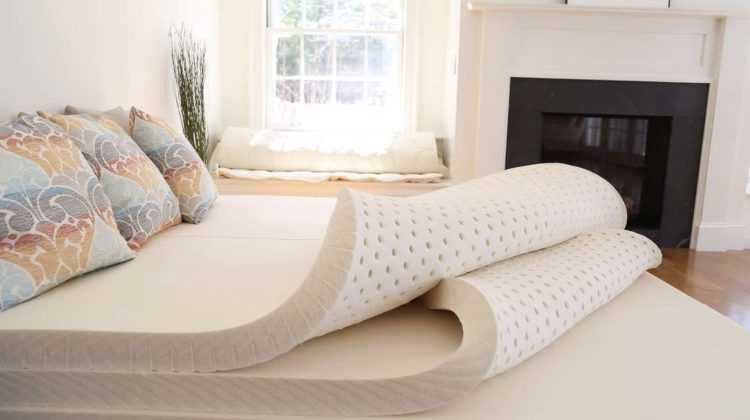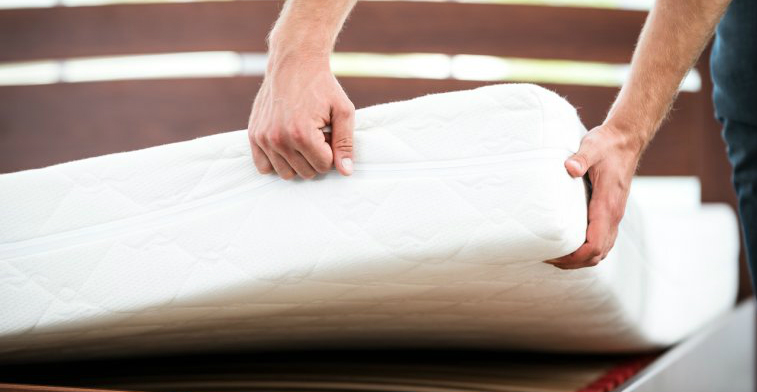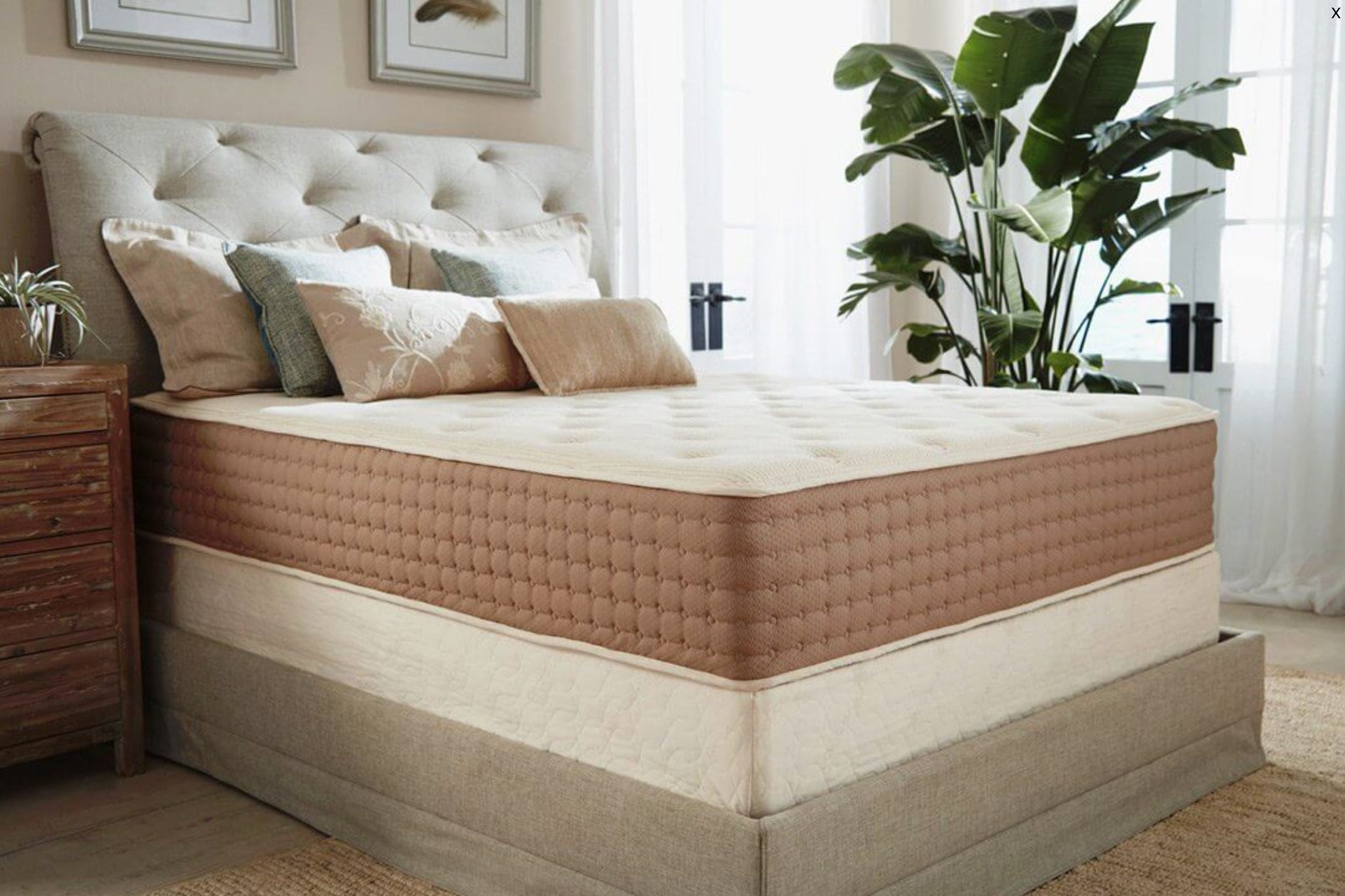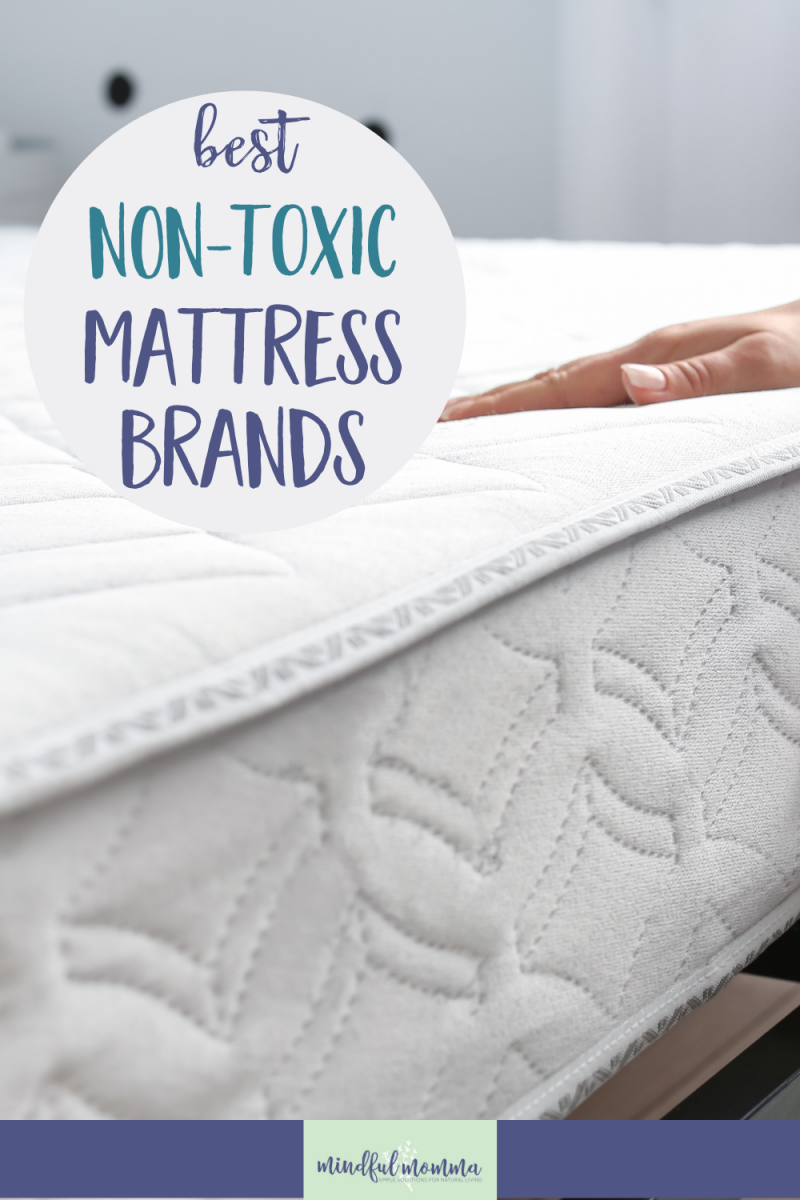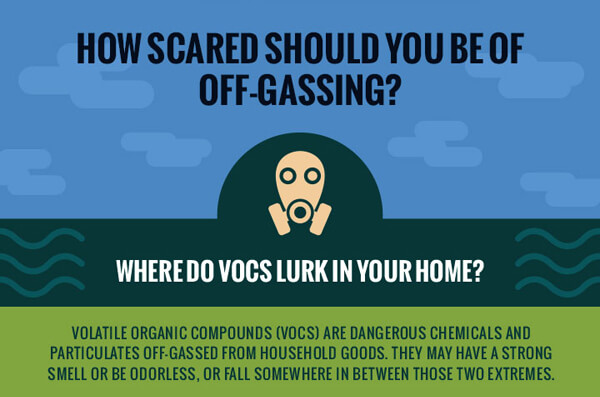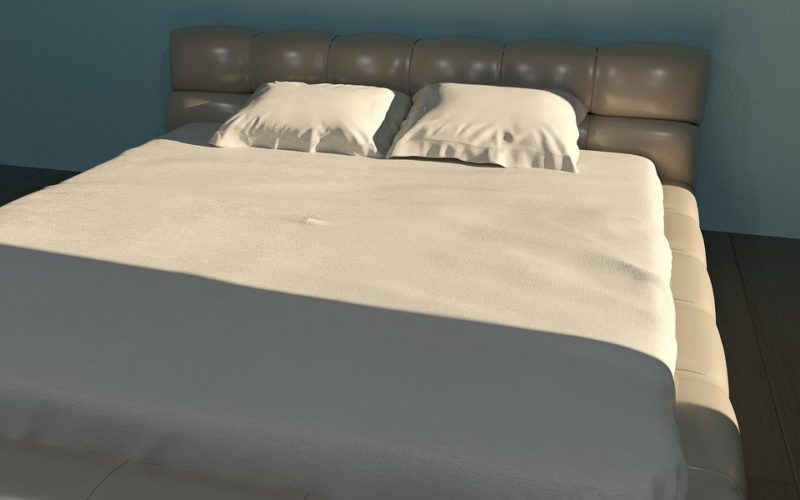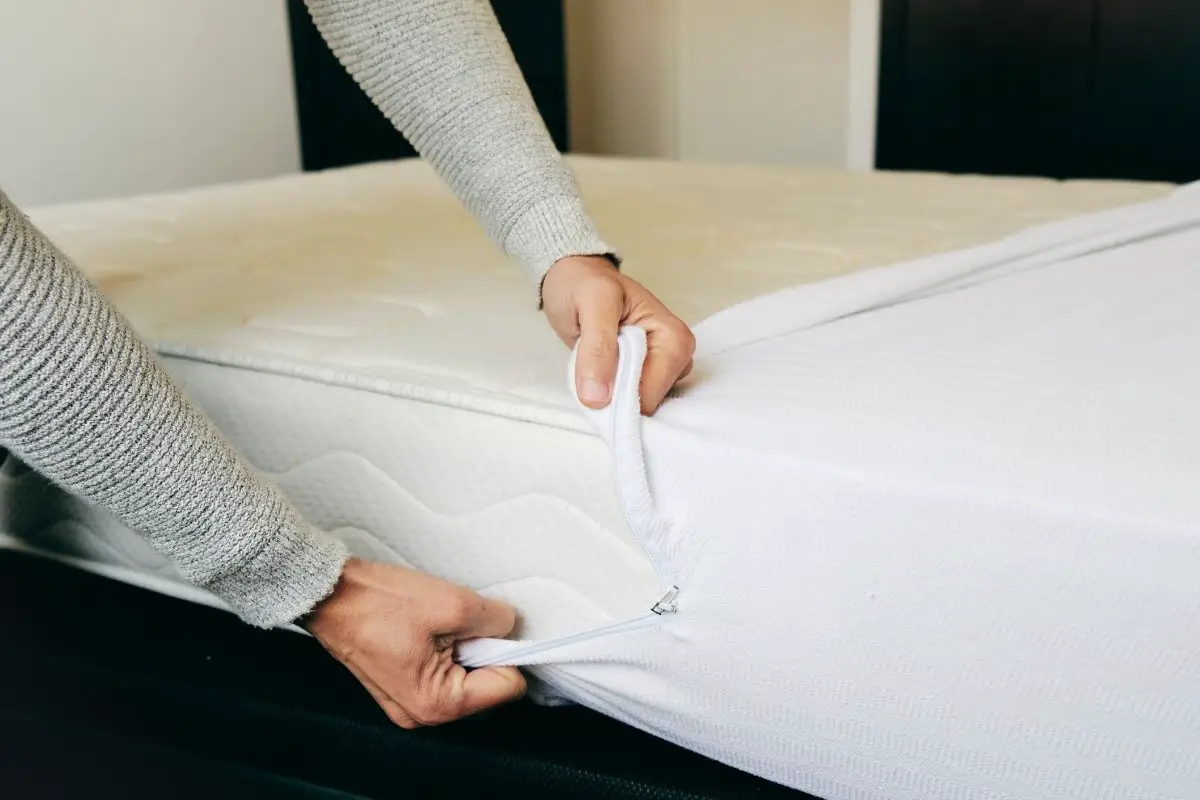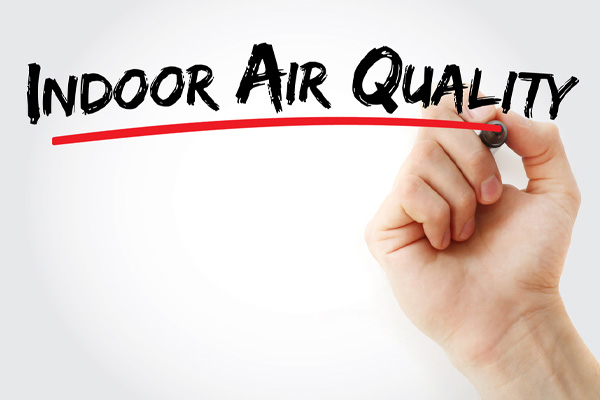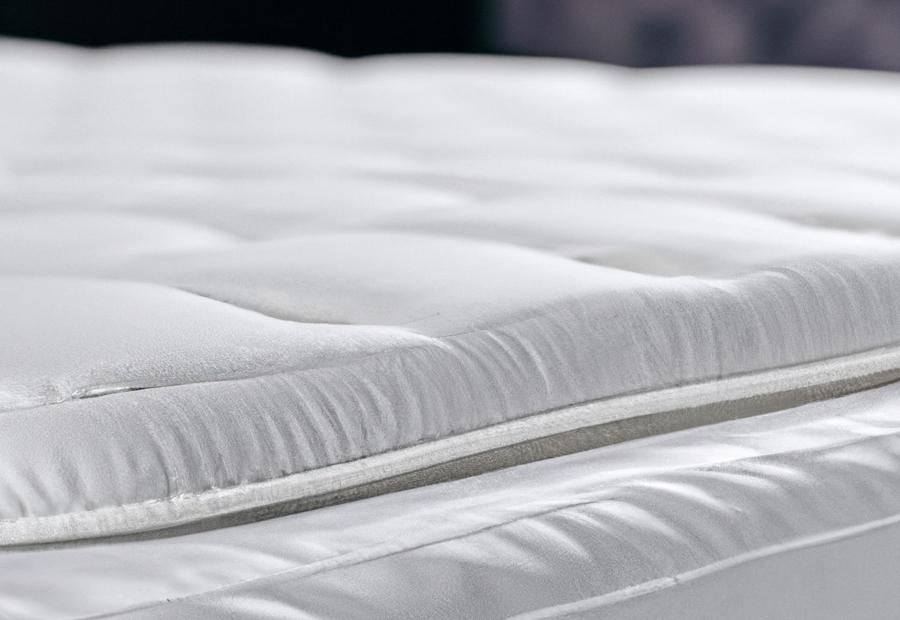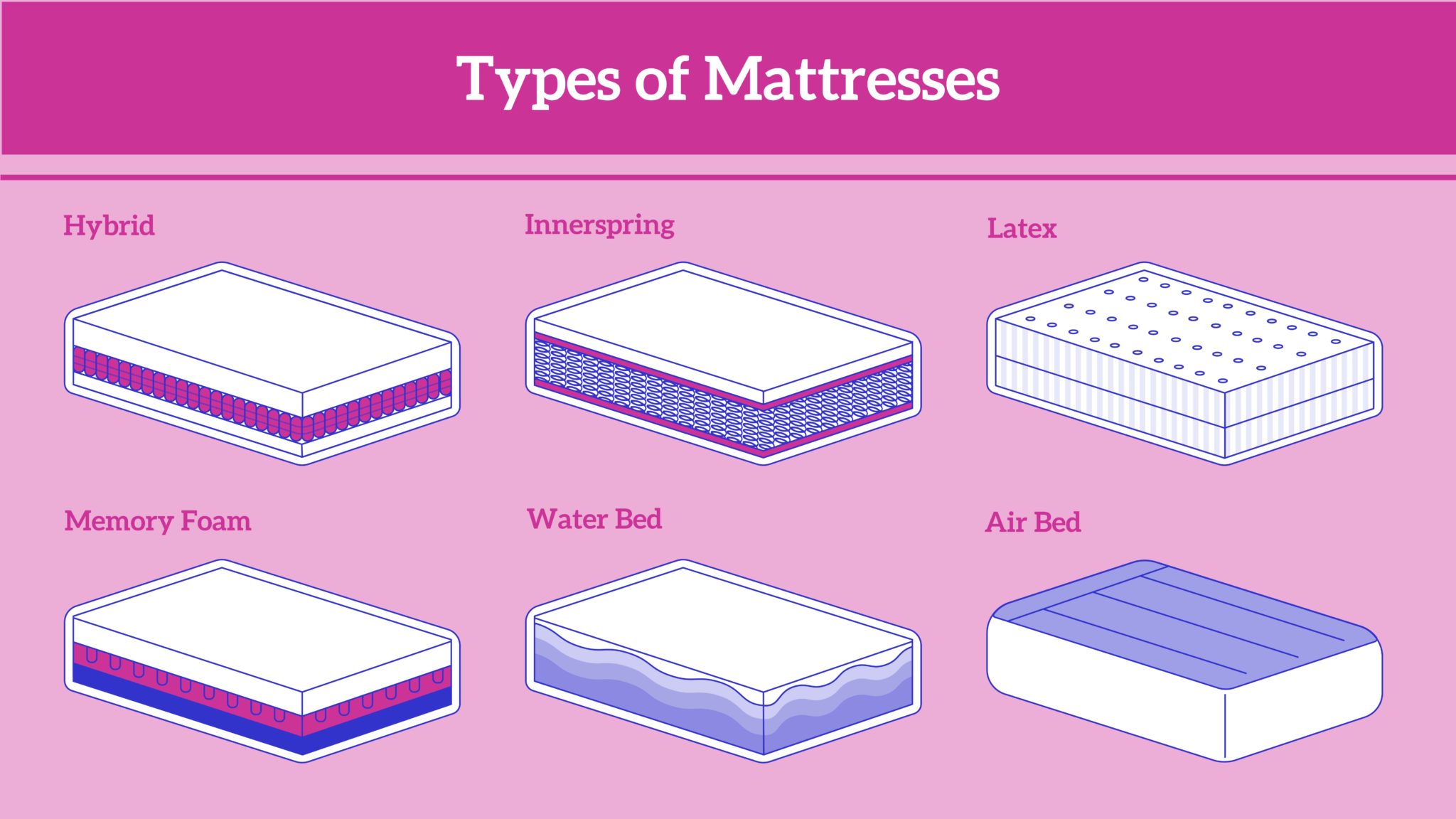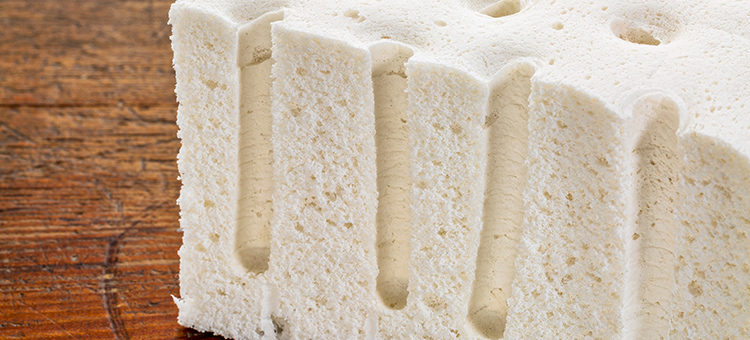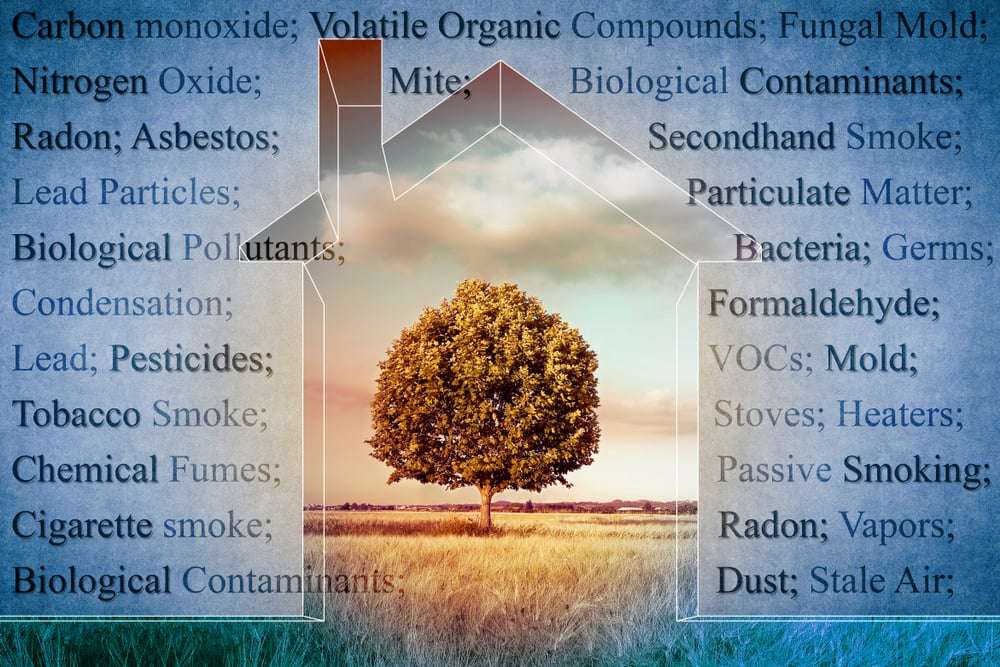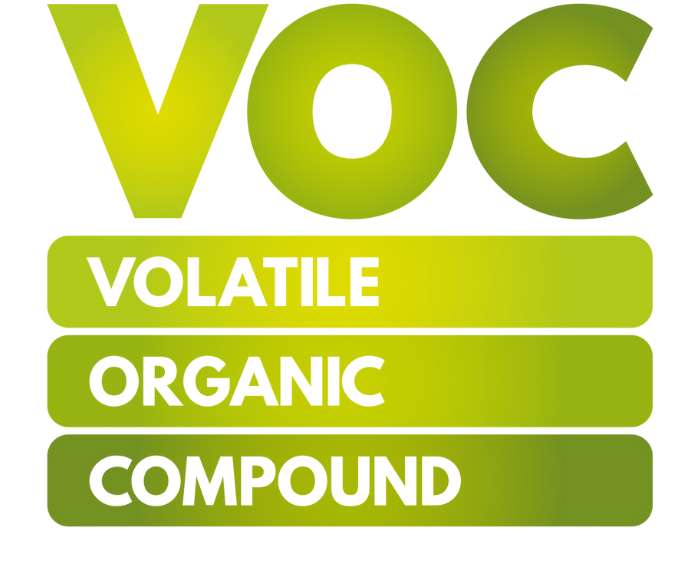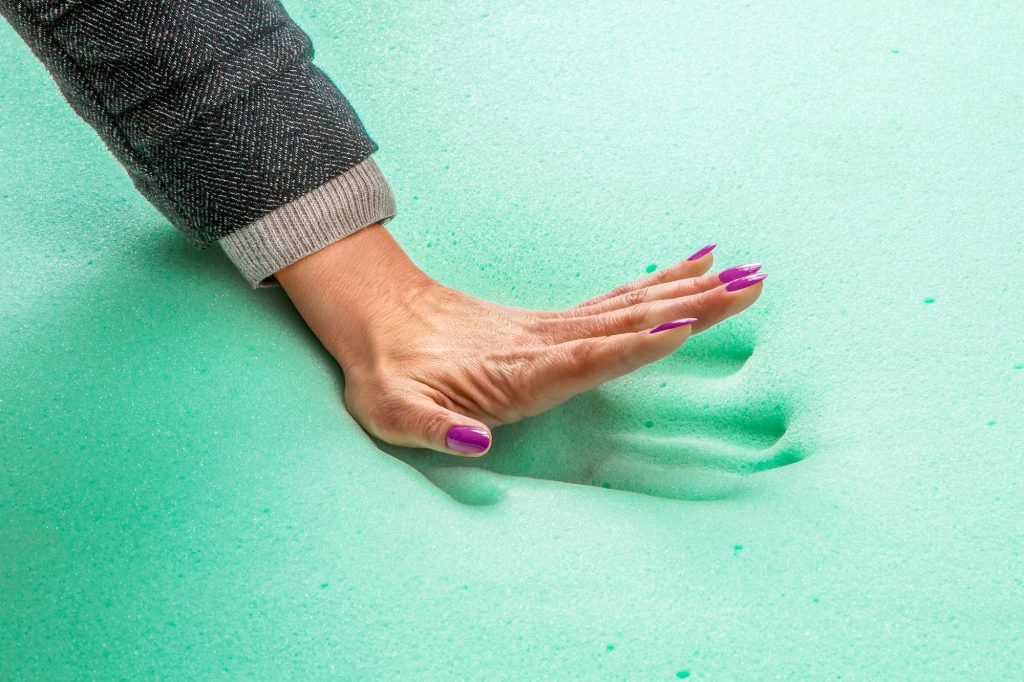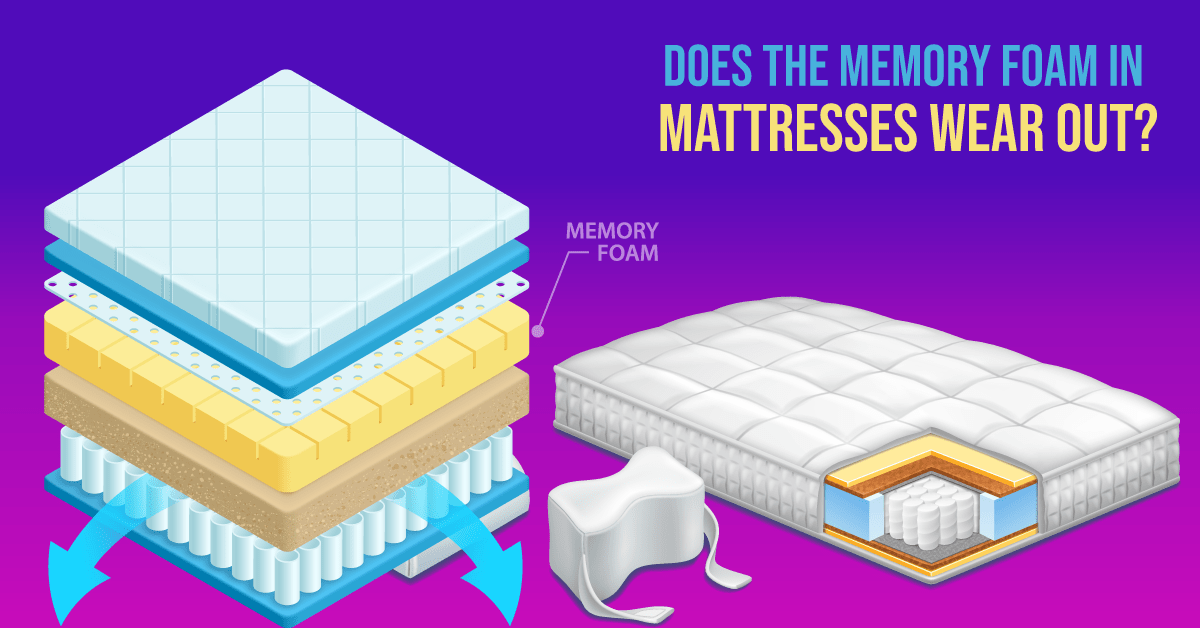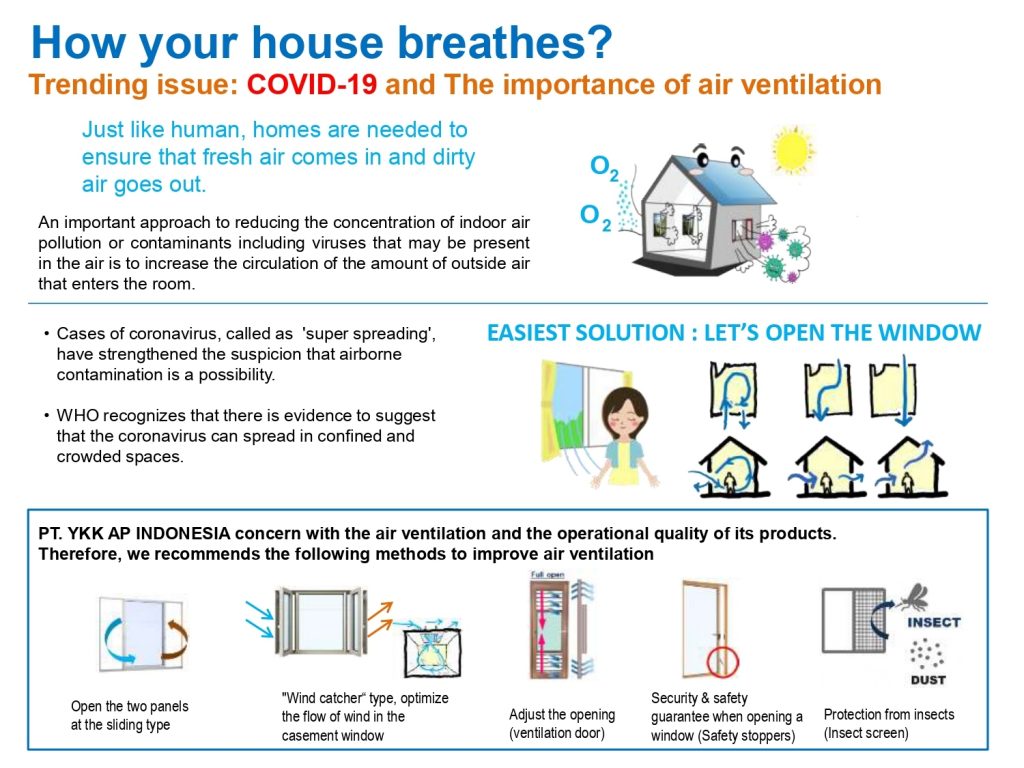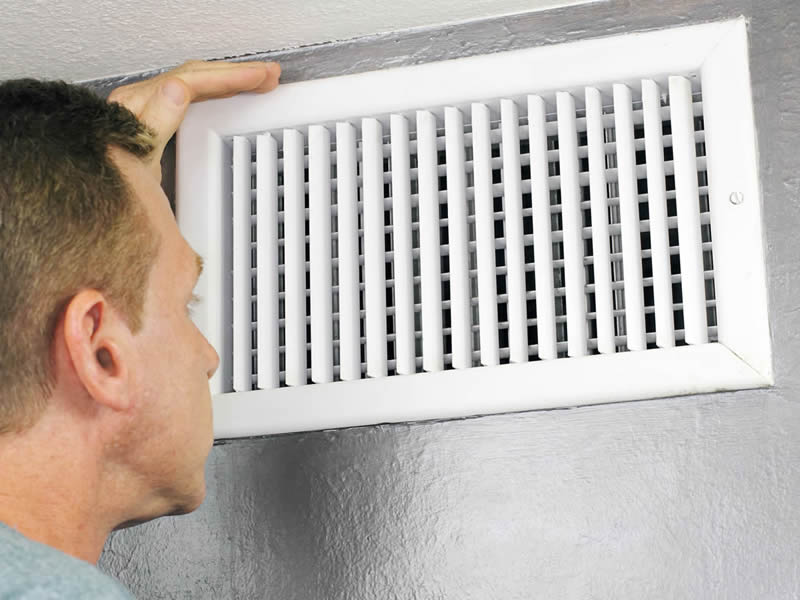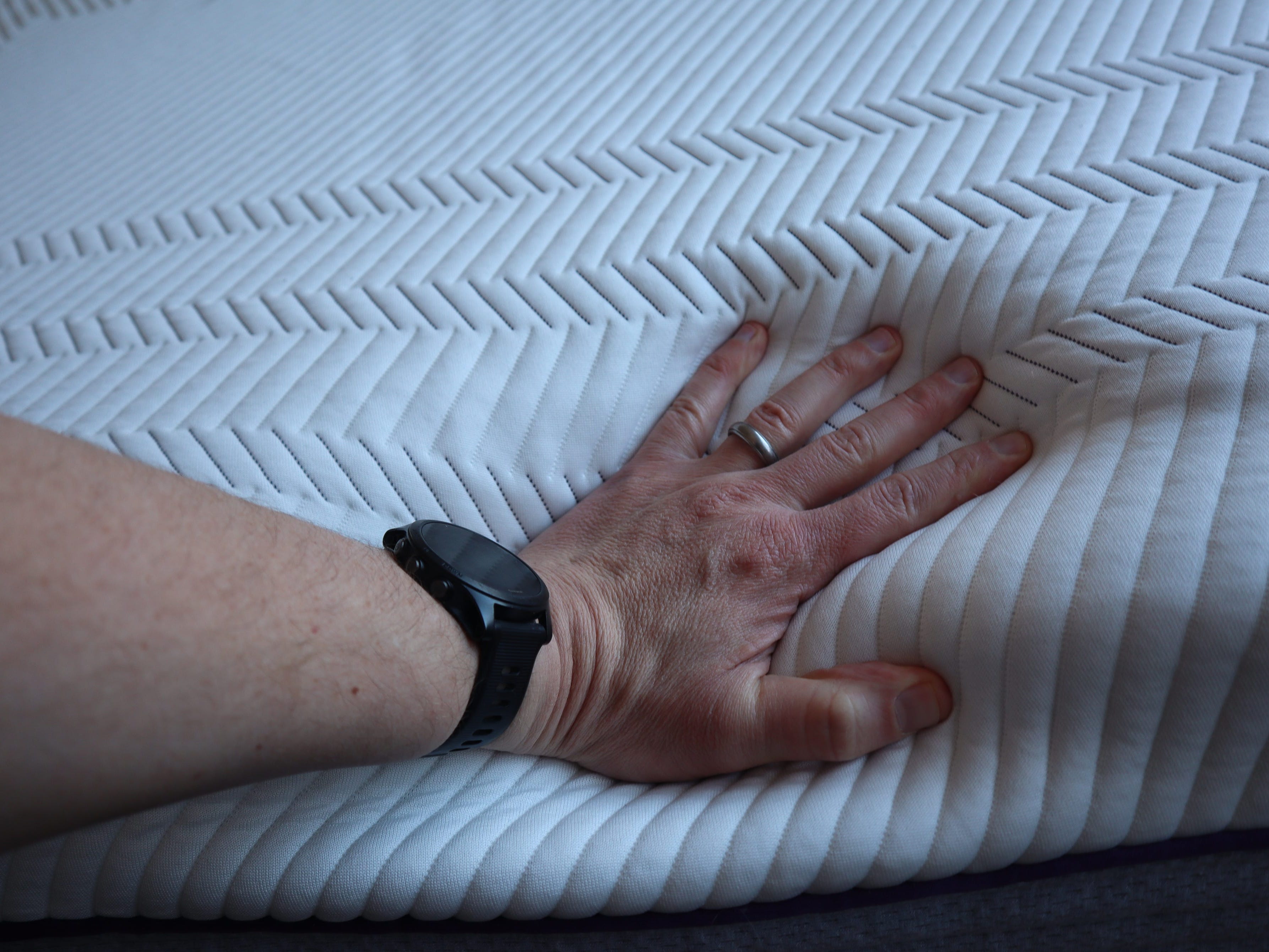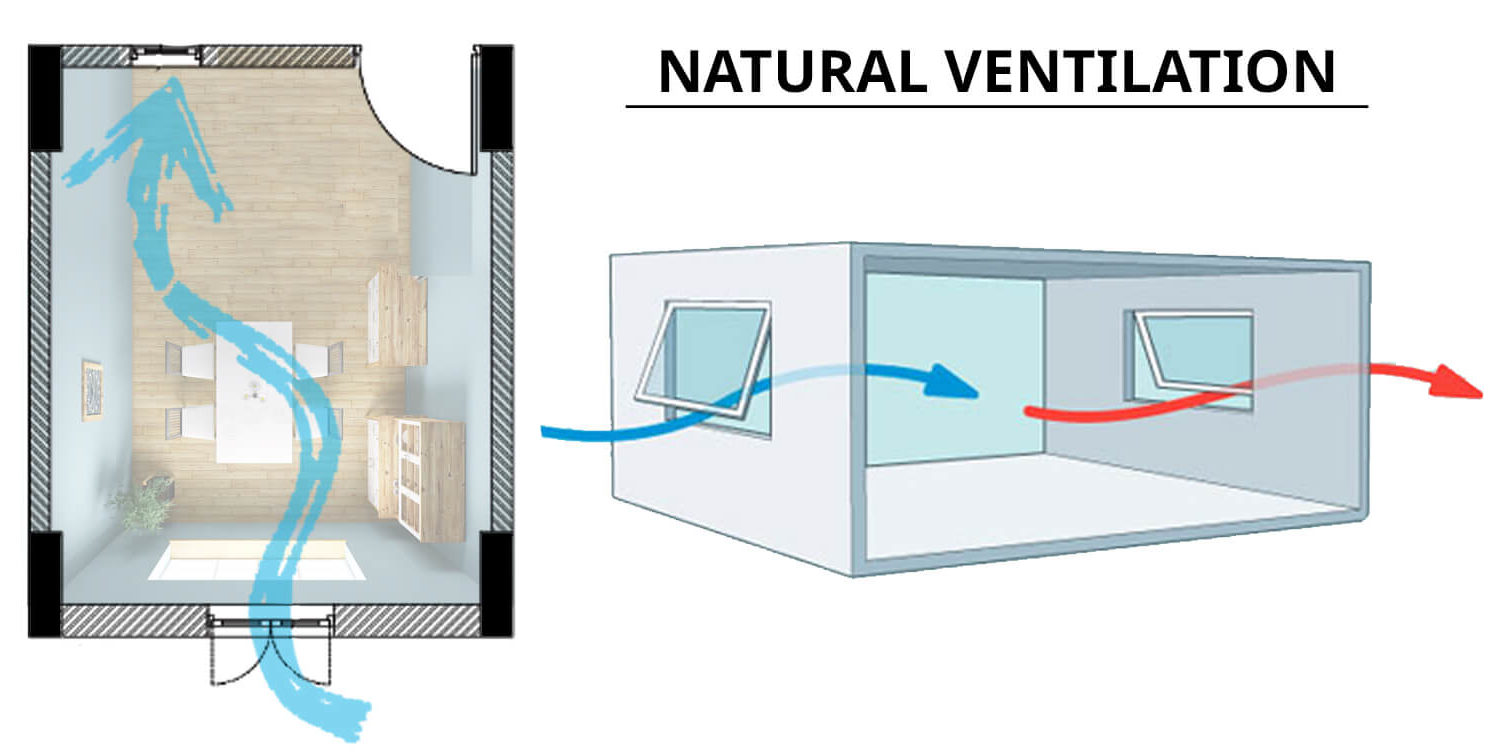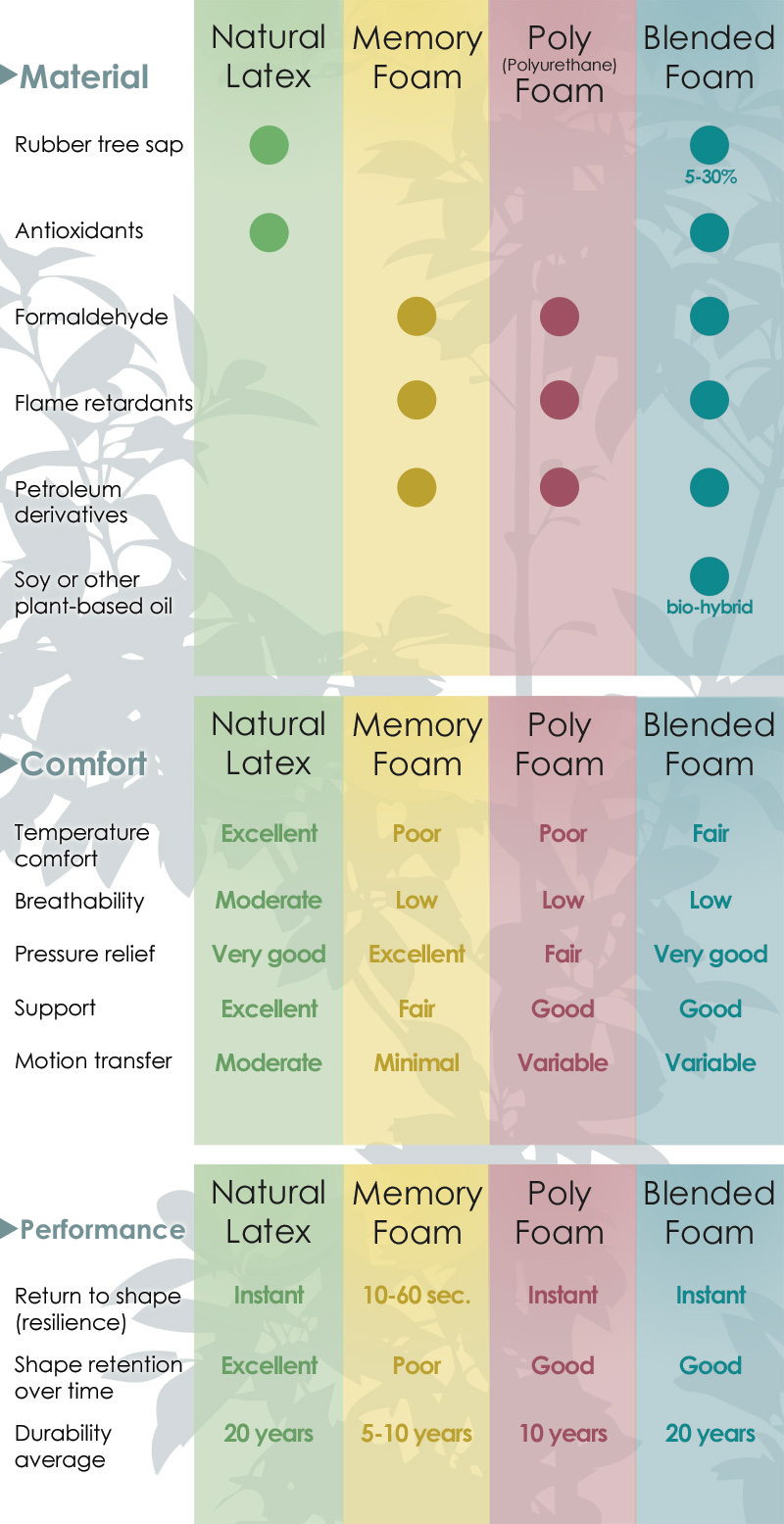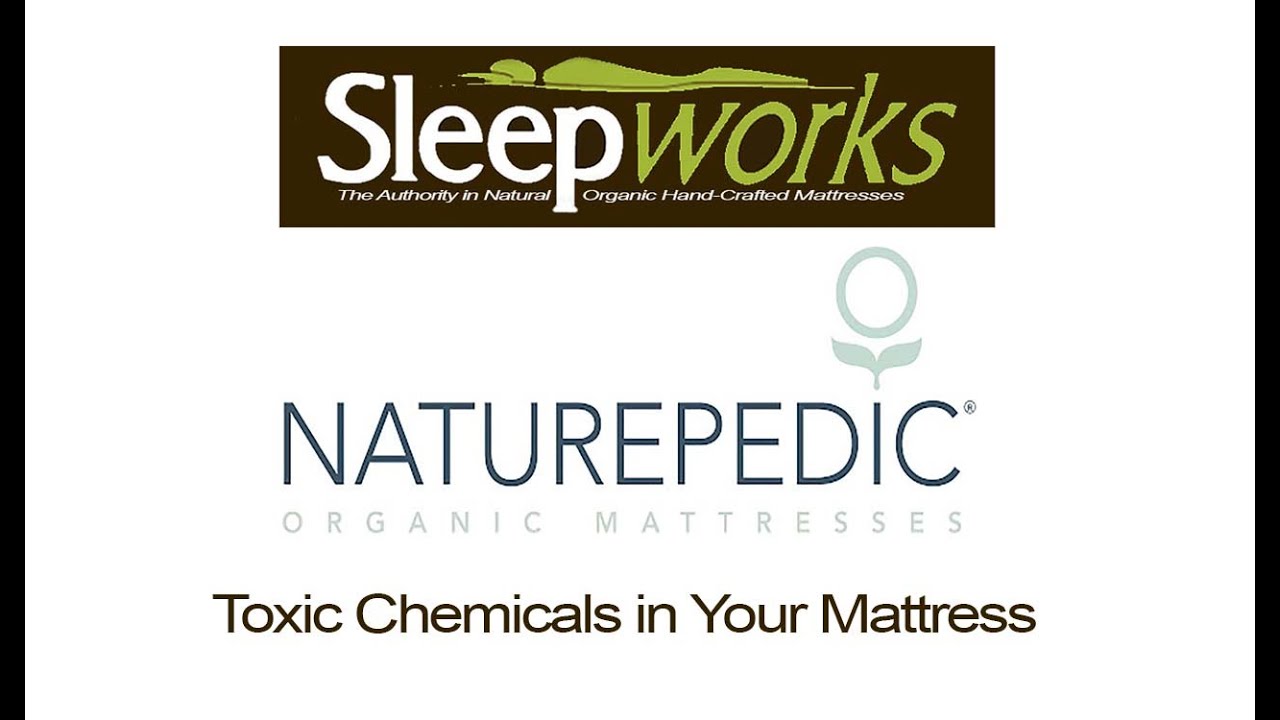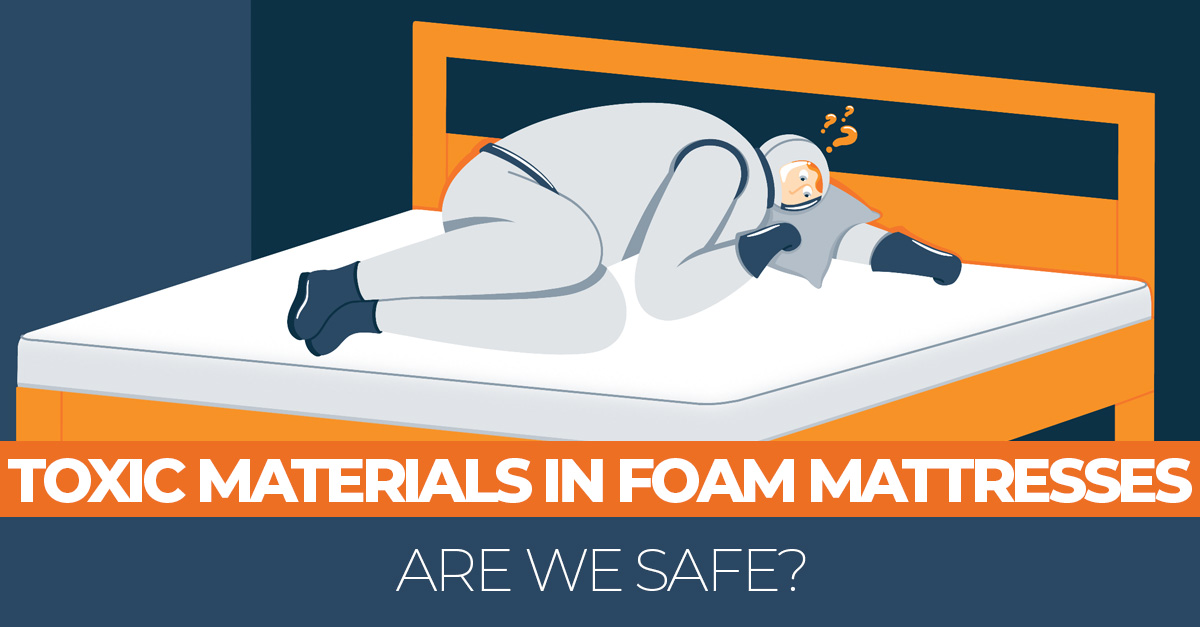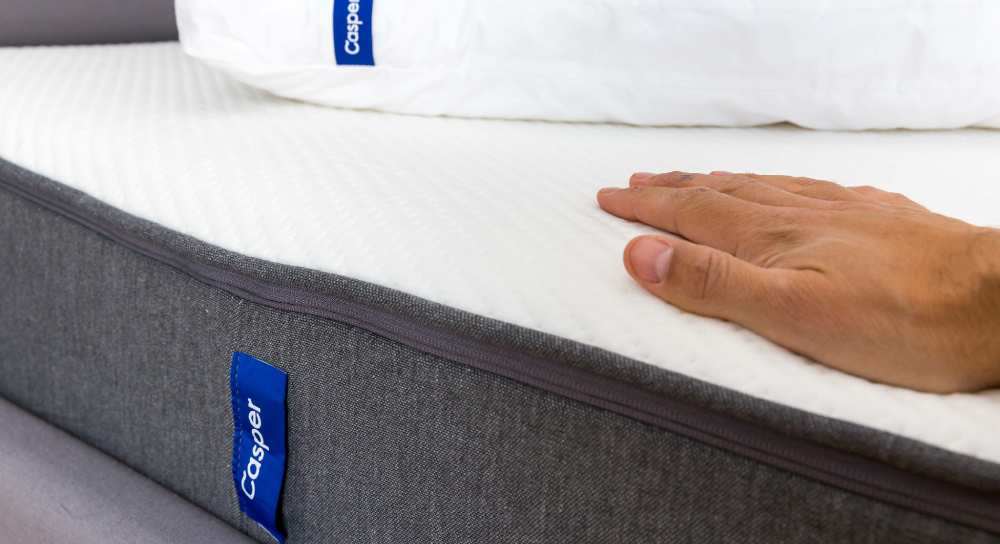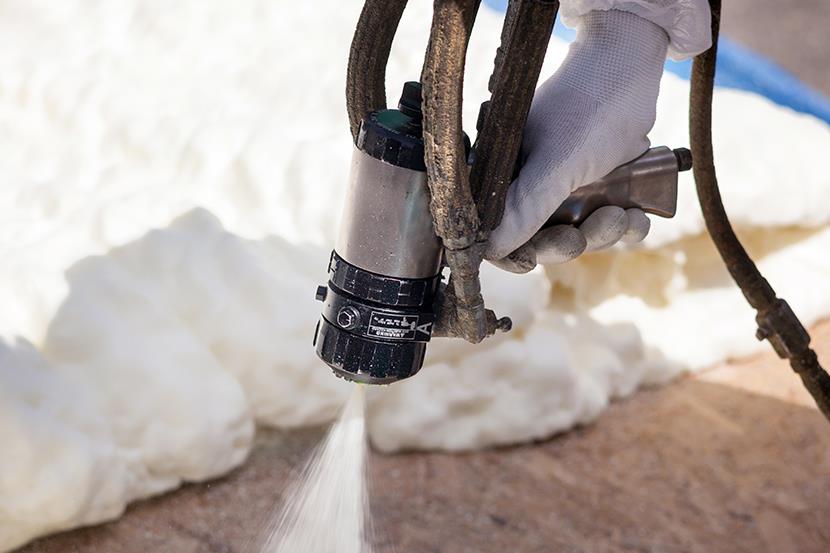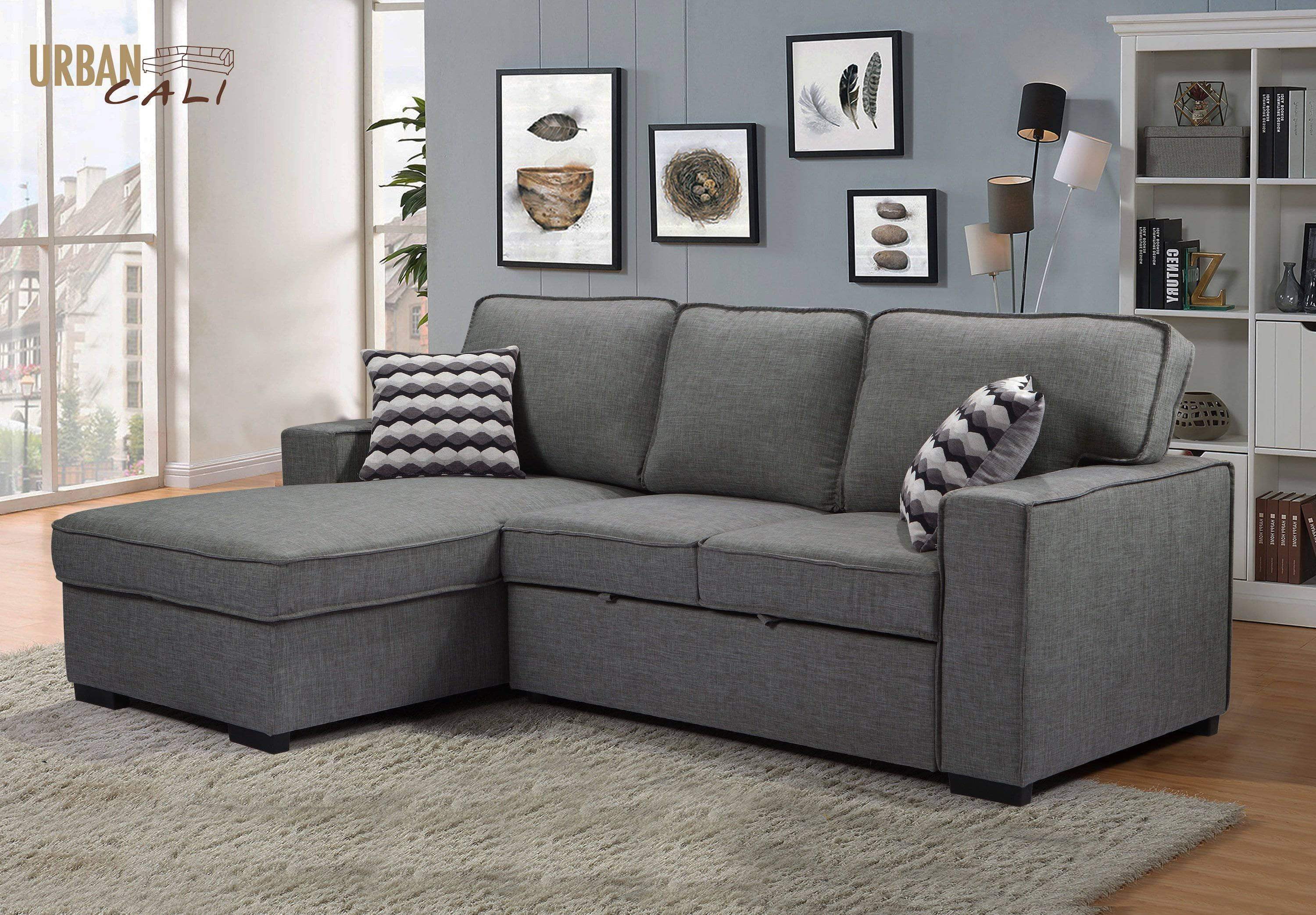Are you in the market for a new mattress? You may have heard about the comfort and affordability of foam mattresses, but have you also heard about their potentially toxic chemical smell? It's important to understand the potential risks associated with foam mattresses and how to make an informed decision when purchasing one.Foam Mattress Smell Toxic: What You Need to Know
One of the main complaints about foam mattresses is the strong chemical smell that often accompanies them. This smell, known as off-gassing, is caused by volatile organic compounds (VOCs) that are released from the materials used in the mattress. To get rid of this smell, you can try airing out the mattress in a well-ventilated area for a few days. You can also use a mattress cover or topper to help reduce the smell.How to Get Rid of the Chemical Smell from Your New Foam Mattress
The chemicals used in foam mattresses, such as polyurethane foam and flame retardants, have been linked to various health issues including respiratory problems, skin irritation, and even cancer. While these chemicals are necessary for the manufacturing of foam mattresses, it's important to be aware of the potential risks and take steps to minimize exposure.The Truth About Toxic Chemicals in Foam Mattresses
If you're concerned about the potential health risks of foam mattresses, there are options available that are made with natural and organic materials. Look for mattresses that are certified by third-party organizations, such as CertiPUR-US or Greenguard, which have strict standards for the use of chemicals. You can also opt for mattresses made from natural materials such as latex foam or organic cotton.How to Choose a Non-Toxic Foam Mattress
Off-gassing from foam mattresses not only affects your health, but it can also harm the environment. These chemicals can contribute to air pollution and have been found in the air and water supply. By choosing a non-toxic foam mattress, you can help reduce your carbon footprint and protect the environment.The Dangers of Off-Gassing from Foam Mattresses
Volatile organic compounds (VOCs) are chemicals that are released into the air as gases. These chemicals can have negative effects on both our health and the environment. Foam mattresses contain a variety of VOCs, such as formaldehyde and benzene, which can cause irritation and other health issues. It's important to research the materials used in your foam mattress and choose one with low VOC emissions.Understanding the VOCs in Foam Mattresses
If you're looking for a more natural and eco-friendly option, there are plenty of alternatives to foam mattresses. Latex mattresses, for example, are made from the sap of rubber trees and are free from synthetic materials and chemicals. You can also opt for a traditional spring mattress or a hybrid mattress that combines foam and coils.Natural Alternatives to Foam Mattresses
Proper ventilation is key when it comes to reducing the chemical smell and potential health risks of foam mattresses. Make sure to open windows and doors in the room where the mattress will be placed to allow for fresh air circulation. You can also use fans to help speed up the off-gassing process.The Importance of Proper Ventilation for Foam Mattresses
If you're unsure about the chemicals used in your foam mattress, you can test for them using a home air quality testing kit. These kits can detect the presence of VOCs and other harmful chemicals. If your mattress tests positive for high levels of chemicals, it may be time to consider a new, non-toxic option.How to Test for Toxic Chemicals in Your Foam Mattress
In addition to the potential health risks, foam mattresses also have a negative impact on the environment. The production of foam mattresses requires the use of fossil fuels and generates a significant amount of waste. By choosing a more sustainable and eco-friendly mattress option, you can help reduce your environmental footprint. In conclusion, while foam mattresses may offer comfort and affordability, it's important to be aware of the potential risks associated with their chemical smell. By understanding the potential dangers and choosing a non-toxic and eco-friendly option, you can ensure a healthier and more sustainable sleeping environment for yourself and the planet.The Environmental Impact of Foam Mattresses
Why the Smell of Your Foam Mattress May Be Toxic

When it comes to choosing a mattress, there are many factors to consider such as comfort, support, and durability. However, one factor that is often overlooked is the potential toxicity of the materials used in the mattress. In recent years, there has been an increasing concern over the toxic chemicals present in foam mattresses and the harmful effects they can have on our health. In this article, we will explore the dangers of these toxic fumes and why the smell of your foam mattress may be harmful to both you and your loved ones.
The Chemicals in Foam Mattresses
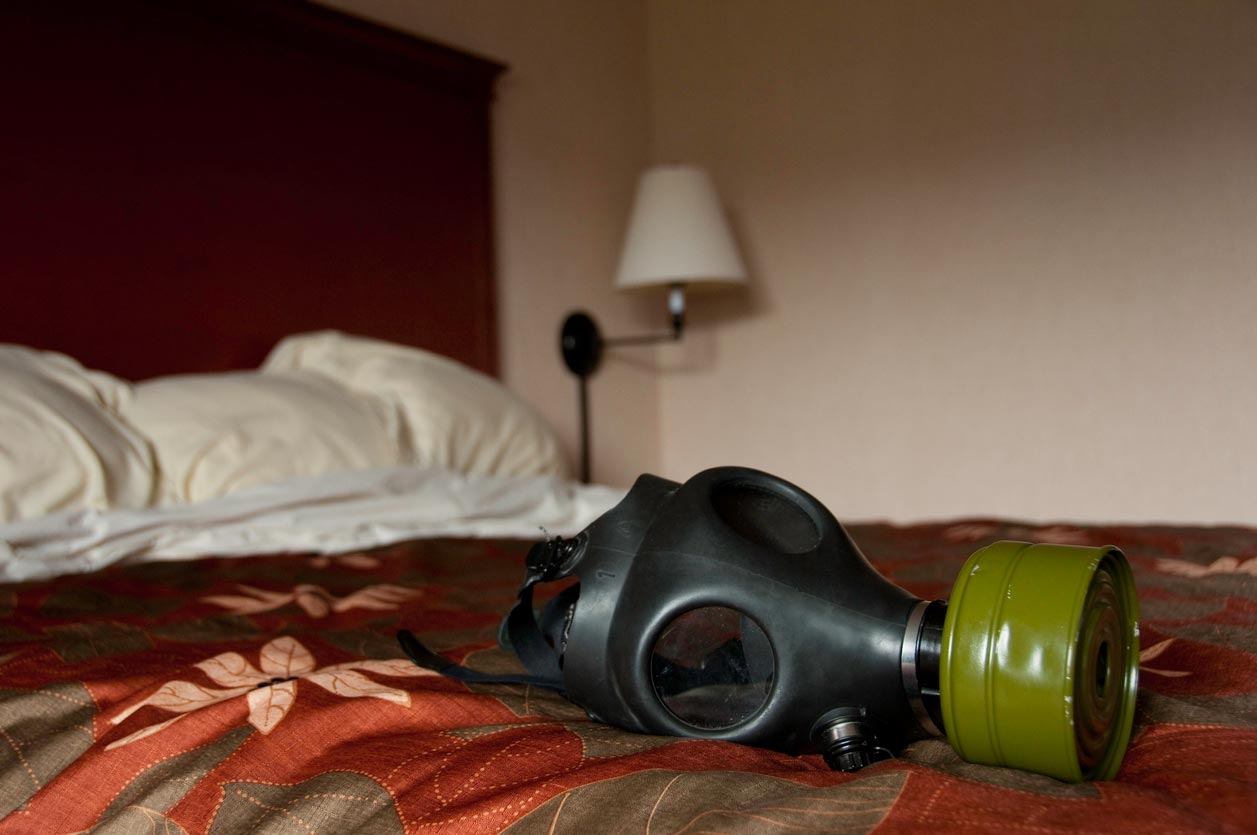
Most foam mattresses are made with polyurethane foam , a type of plastic that is derived from petroleum. This material is known to emit volatile organic compounds (VOCs) which can be harmful when inhaled. In addition, many foam mattresses also contain flame retardant chemicals such as polybrominated diphenyl ethers (PBDEs) which have been linked to endocrine disruption and cancer . These chemicals are used to meet flammability standards, but they can also off-gas and release toxic fumes into the air we breathe.
The Dangers of Toxic Fumes

Exposure to toxic fumes from foam mattresses can have serious consequences for our health. Inhaling these fumes can cause respiratory irritation , headaches , dizziness , and nausea . Long-term exposure to these chemicals has been linked to asthma , allergies , neurological disorders , and even cancer . Infants and children are particularly vulnerable to these toxic fumes as their bodies are still developing and they spend a lot of time sleeping on their mattresses.
What You Can Do
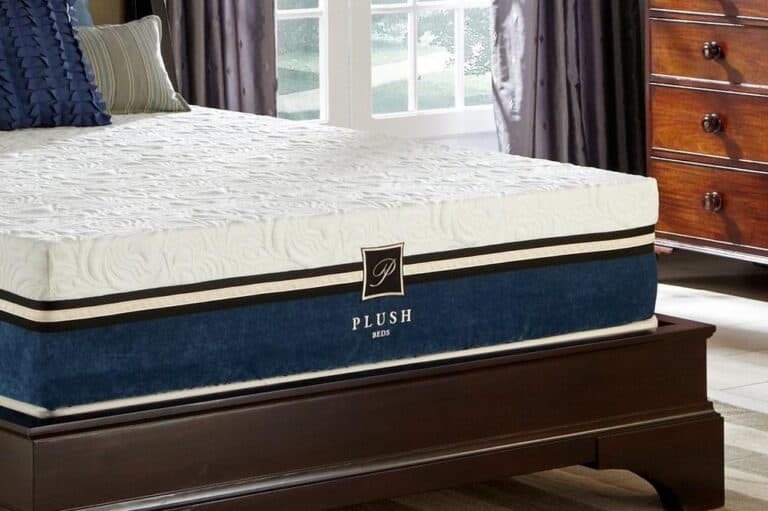
Fortunately, there are steps you can take to reduce your exposure to these toxic fumes and protect your health. When shopping for a mattress, look for ones that are made with organic and non-toxic materials . Some sustainable options include latex , wool , and cotton . You can also choose a mattress that is CertiPUR-US certified , which means it has been tested for harmful chemicals and is safe for indoor use.
In addition, be sure to air out your new foam mattress before using it. This can help reduce the concentration of toxic fumes in your bedroom. Opening windows and using a fan can also help ventilate the room and dissipate any harmful chemicals that may be present.
Conclusion

While foam mattresses may offer comfort and support , the potential dangers of their toxic fumes should not be ignored. By choosing a mattress made with non-toxic materials and taking steps to reduce your exposure to toxic chemicals , you can protect your health and create a safe and healthy environment in your home.

